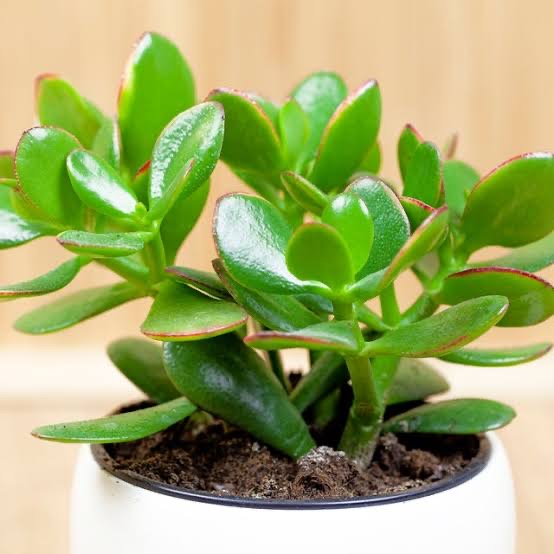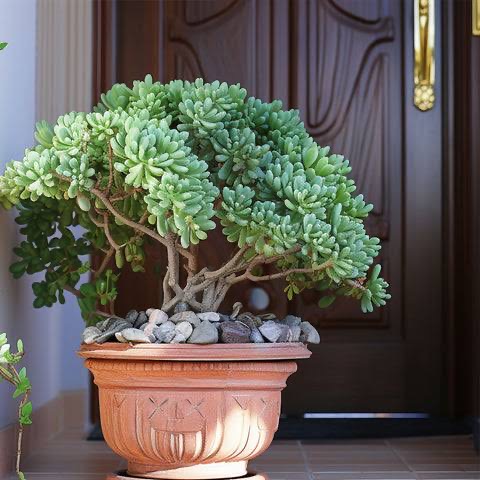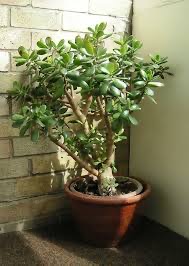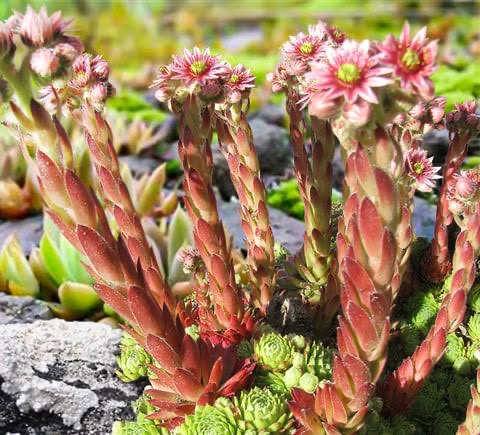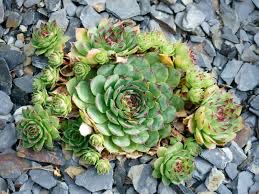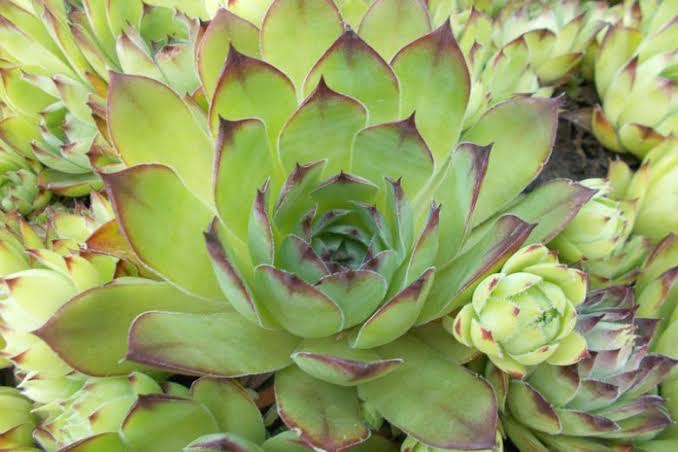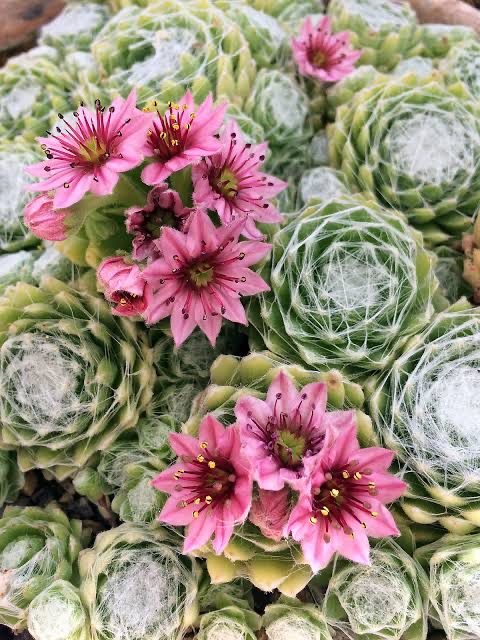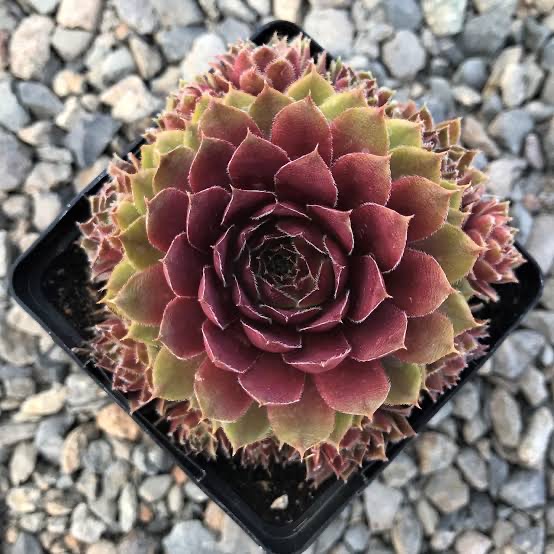Succulent plants are some of the most captivating and versatile houseplants, celebrated for their thick, water-storing leaves and incredible variety of shapes, sizes, and colors. Native to arid regions across the globe, succulents have evolved to survive harsh conditions, making them hardy, low-maintenance plants perfect for both beginners and seasoned plant enthusiasts.
What Are Succulents?
Succulents are plants with specialized tissues that store water in their leaves, stems, or roots, allowing them to thrive in dry environments. This adaptation gives their leaves a plump, fleshy appearance. While succulents are often associated with deserts, they can be found in diverse habitats, including rainforests and high-altitude regions.
Popular Succulent Varieties
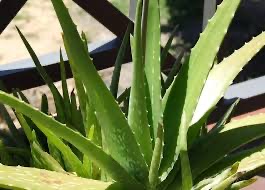
Known for its medicinal properties, aloe vera has thick, spiky leaves filled with soothing gel.
2. Echeveria
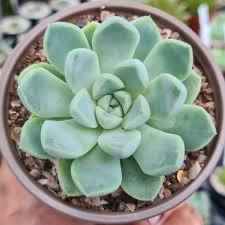
Recognized by its rosette-shaped leaves in various colors, Echeveria is a favorite among succulent enthusiasts.
3. Jade Plant (Crassula ovata)
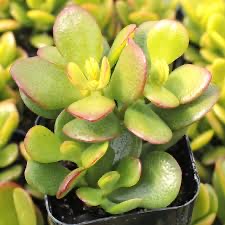
A symbol of prosperity, the jade plant has round, glossy green leaves.
4. Hens and Chicks (Sempervivum)

This variety produces rosette clusters, with “chicks” growing around the “hen.”
5. String of Pearls (Senecio rowleyanus)
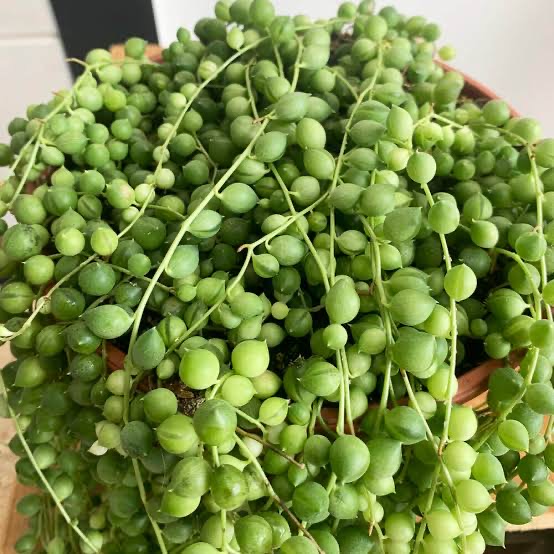
A trailing succulent with bead-like leaves, perfect for hanging baskets.
6. Zebra Plant (Haworthia fasciata)
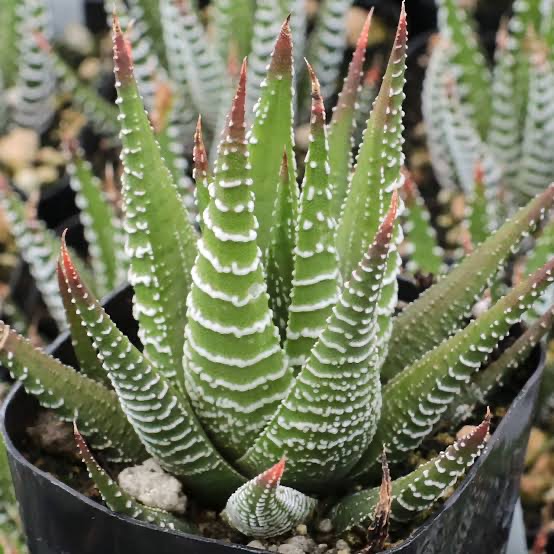
Features striking white stripes on dark green, spiky leaves.
Why Succulents Are So Popular
1. Low-Maintenance
Succulents require minimal care, thriving in neglectful conditions that might harm other plants.
2. Aesthetic Appeal
With their unique shapes and vibrant colors, succulents add charm to any space.
3. Air Purification
Some succulents, like aloe vera, improve air quality by removing toxins and releasing oxygen.
4. Compact Size
Many succulents stay small, making them ideal for desks, shelves, and small apartments.
5. Drought Tolerance
Their water-storing capabilities make succulents perfect for those who often forget to water their plants.
Caring for Succulent Plants
1. Light Requirements
– Succulents thrive in bright, indirect sunlight.
– Place them near a sunny window, ensuring they get 4–6 hours of light daily.
2. Watering
– Water deeply but infrequently. Allow the soil to dry out completely between waterings.
– Overwatering is the leading cause of succulent death.
3. Soil
Use a well-draining potting mix, such as a cactus or succulent blend, to prevent root rot.
4. Temperature and Humidity
•Succulents prefer warm temperatures (60–80°F or 15–27°C).
•They thrive in dry environments and don’t require high humidity.
5. Fertilization
Feed succulents with a diluted, balanced fertilizer during the growing season (spring and summer). Avoid fertilizing in winter.
Common Issues and Solutions
1. Overwatering
Symptoms: Mushy leaves or root rot.
Solution: Reduce watering and let the soil dry completely.
2. Underwatering
Symptoms: Wrinkled or shriveled leaves.
Solution: Increase watering, but avoid overcompensating.
3. Stretching (Etiolation)
Symptoms: Leggy growth and stretched stems.
Solution: Move the plant to a brighter location.
4. Pest Infestations
Symptoms: Mealybugs, spider mites, or aphids on leaves.
Solution: Use neem oil or insecticidal soap to treat pests.
Decorating with Succulents
Succulents are incredibly versatile for home decor:
– Use small succulents in terrariums or glass jars.
– Create succulent arrangements in decorative pots or bowls.
– Combine trailing varieties, like string of pearls, with upright ones for dynamic displays.
Conclusion
Succulent plants are more than just trendy houseplants; they’re a celebration of nature’s adaptability and beauty. Their low-maintenance nature, combined with their diverse forms and colors, makes them a joy to grow and care for. Whether you’re a seasoned gardener or just starting your plant journey, succulents are an excellent choice to brighten up your space with greenery and life.
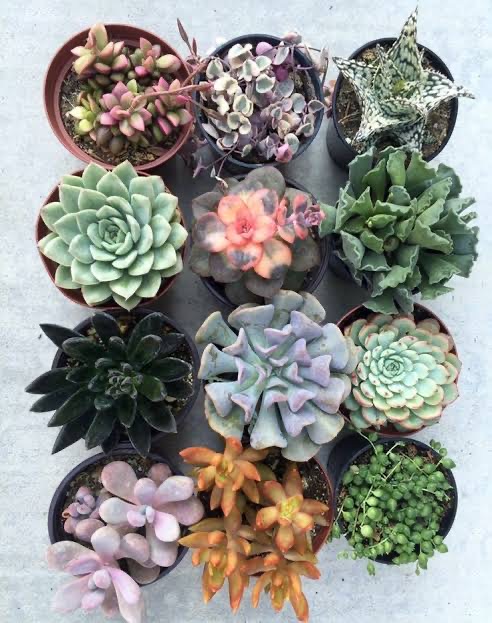

 Tech3 weeks ago
Tech3 weeks ago







